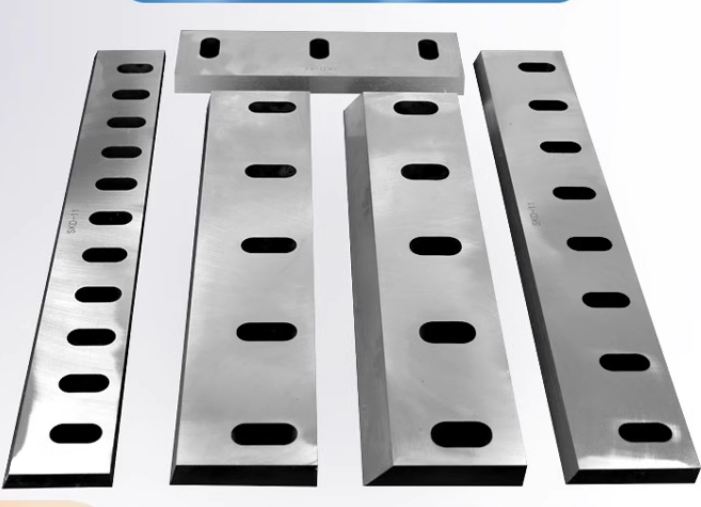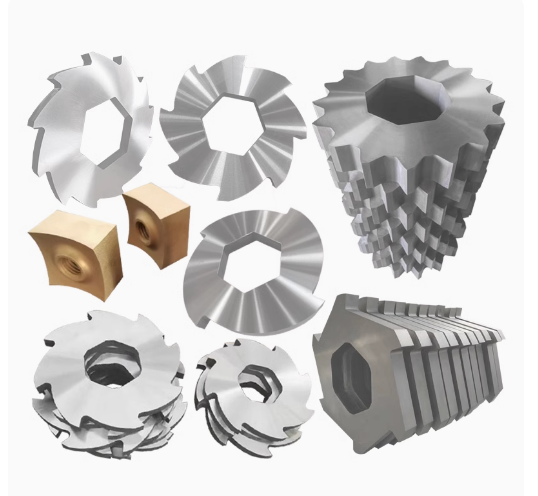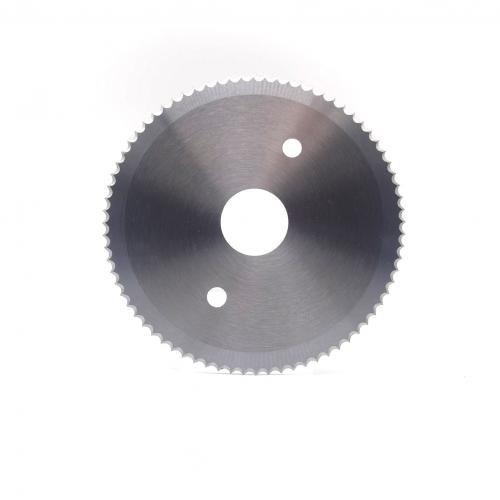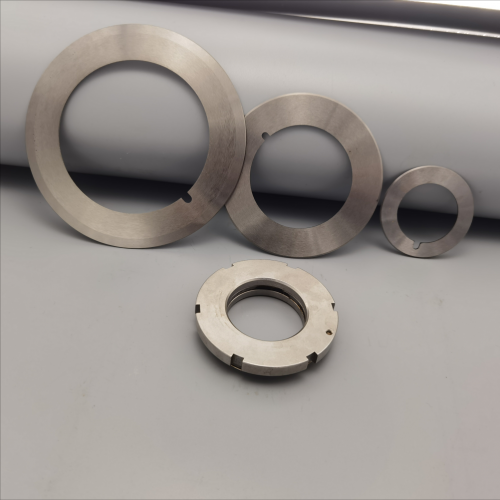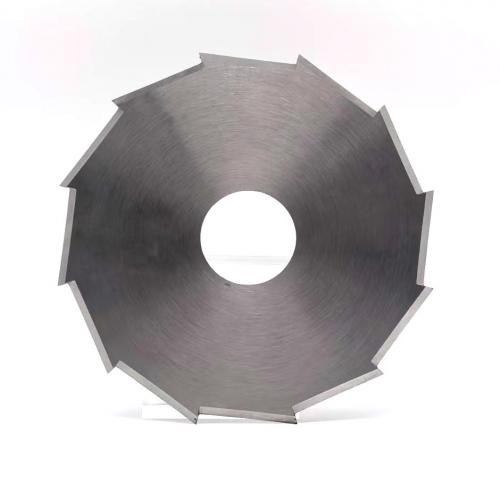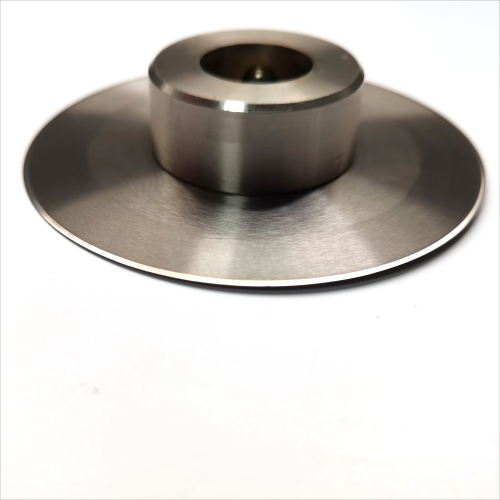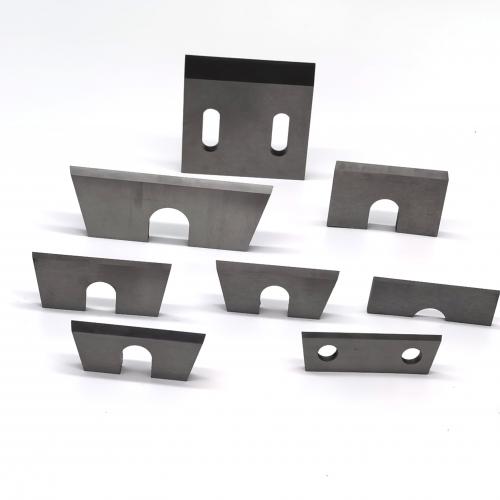recycling knives
Detailed Analysis of Blades in the Recycling Industry
1. Definition and Role of Blades in the Recycling Industry
Function: Used in crushers, shredders, and shears to cut, crush, or sort solid waste (metals, plastics, tires, wood, etc.).
Core Requirements: High wear resistance, impact resistance, and corrosion resistance (due to the complexity of processed materials, which may contain acids or oil contaminants).
2. Main Types of Blades in the Recycling Industry
| Blade Type | Application Scenario | Characteristics |
|---|---|---|
| Crusher Blades | Crushing metals, plastics, e-waste, etc. | Heavy-duty design with strong impact resistance (thickness can exceed 100mm). |
| Shredder Blades | Shredding tires, bulky waste, textiles | Multi-edge interlocking design, emphasizing shear force and wear resistance. |
| Shear Blades | Cutting metal sheets, cables, car bodies | High-hardness edges, capable of withstanding periodic shear stress. |
| Sorting Blades | Sorting mixed waste (e.g., metal-plastic separation) | Lightweight design, corrosion-resistant (often exposed to chemical media). |
3. Blade Materials and Technologies
(1) Common Materials
High Carbon High Chromium Steel (e.g., D2, DC53): Suitable for medium-low intensity crushing, cost-effective but shorter lifespan.
Hard Alloy (Tungsten Carbide WC): Excellent wear resistance, used for metal crushing blades (e.g., car shredding).
Tool Steel + Coating (e.g., TiAlN, CrN): Enhances surface hardness, extends lifespan (suitable for plastic and wood recycling).
Ceramic Composites: Heat and corrosion-resistant, used in special environments (e.g., chemical waste treatment).
(2) Manufacturing Processes
Vacuum Heat Treatment: Improves material hardness and toughness (HRC 58-62).
Laser Cladding: Deposits wear-resistant alloy layers (e.g., nickel-based tungsten carbide) on blade surfaces.
Modular Design: Allows partial blade replacement, reducing maintenance costs.
4. Blade Failure Modes and Maintenance
| Failure Cause | Solution |
|---|---|
| Edge Wear | Regular sharpening (every 50-100 hours), using CNC grinders for precision. |
| Chipping/Breaking | Optimize blade gap design to avoid overload; use impact-resistant materials (e.g., hard alloy + steel composite blades). |
| Corrosion/Rust | Use stainless steel base or anti-corrosion coatings (e.g., Dacromet coating). |
| Thermal Deformation | Add cooling systems (water/air cooling), control continuous operation time. |
5. Blade Recycling and Regeneration Technologies
(1) Recyclable Components
Hard Alloy Blades: Tungsten carbide (WC) and cobalt (Co) can be extracted and regenerated (recovery rate >95%).
Steel Blades: Can be melted and reused as raw material for recycled steel.
Coating Materials: Titanium, aluminum, and other metals can be recovered through chemical stripping.
(2) Recycling Process
Sorting and Disassembly: Separate hard alloy tips from steel bases.
Crushing and Sorting: Mechanical crushing + magnetic/eddy current sorting to extract metals.
Chemical Purification: Acid leaching to recover rare metals like tungsten and cobalt (requires environmentally friendly waste liquid treatment).
Regeneration:
Tungsten Carbide Powder → Sintered into new blades.
Scrap Steel → Melted into industrial raw materials.
(3) Economic Benefits
Hard Alloy Recycling: 1 ton of scrap hard alloy ≈ 0.8-0.9 tons of tungsten, valued at 50,000 (subject to market fluctuations).
Steel Recycling: Scrap steel price ≈ 500/ton.
Cost Savings: Regenerated blade materials cost 40%-60% less than virgin materials.
6. Industry Challenges and Innovations
| Challenges | Innovation Directions |
|---|---|
| Material complexity shortens blade lifespan | Develop adaptive blades (automatically adjust cutting parameters based on material hardness). |
| Pollution during recycling | Promote dry crushing technology to reduce wastewater/gas emissions. |
| High manual maintenance costs | Introduce AI vision inspection systems for real-time blade wear monitoring and alerts. |
| Low recovery rate of rare metals | Develop efficient extraction technologies like hydrogenation and zinc melting. |
7. User Selection and Maintenance Recommendations
Selection Principles:
Metal Recycling → Hard alloy blades (prefer modular designs).
Plastic/Wood Recycling → Coated tool steel blades (focus on corrosion resistance).
Maintenance Strategies:
Build a blade lifespan database to predict replacement cycles.
Collaborate with recycling companies to achieve a "production-use-regeneration" closed loop.
9. Sustainable Trends
Material Innovation: Bio-based coatings, biodegradable composite blades (experimental stage).
Through this detailed analysis, it is evident that blades in the recycling industry require advanced technical expertise in material selection, manufacturing processes, maintenance strategies, and regeneration technologies. With continuous technological advancements, blade performance and lifespan will further improve, while recycling and regeneration technologies will become more environmentally friendly and cost-effective.


